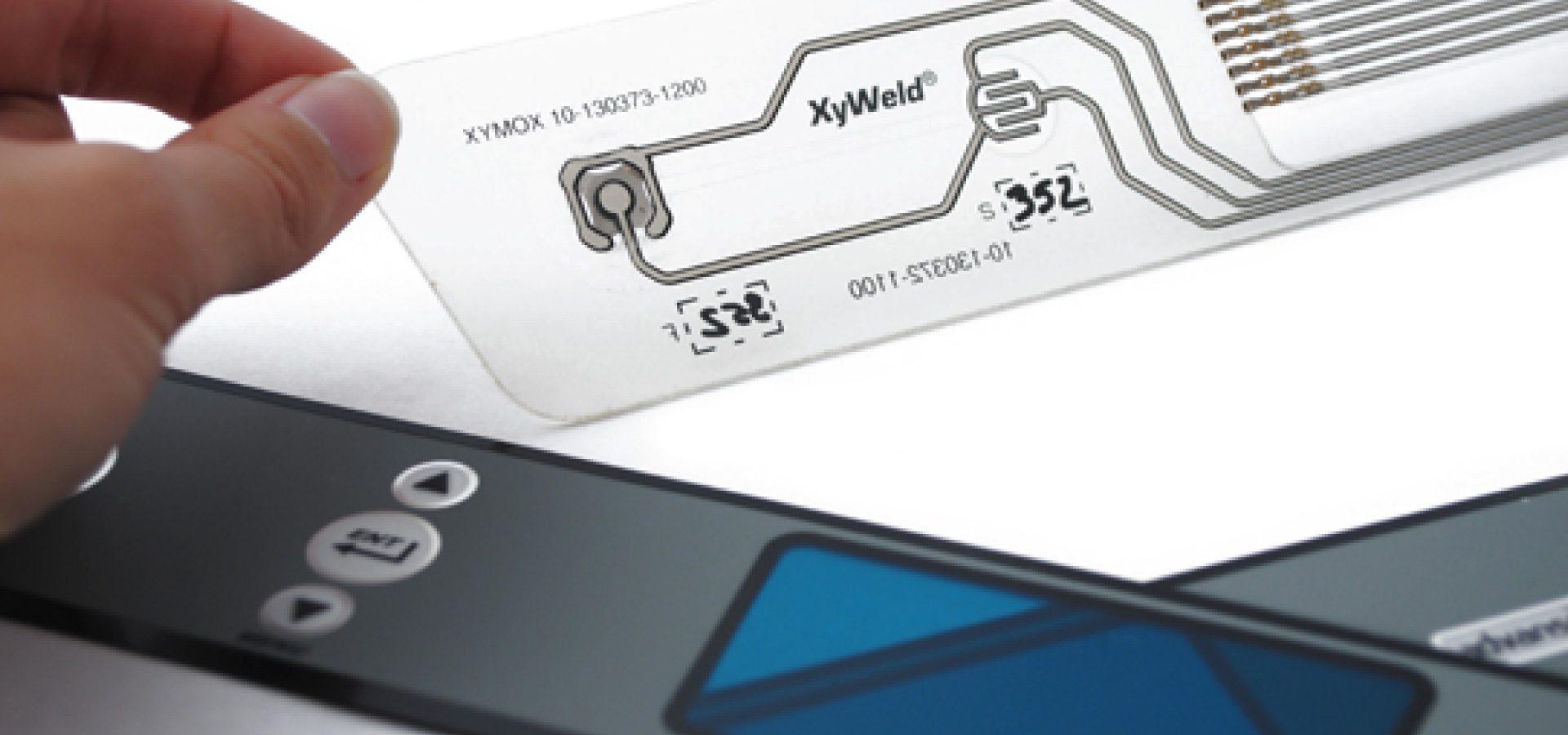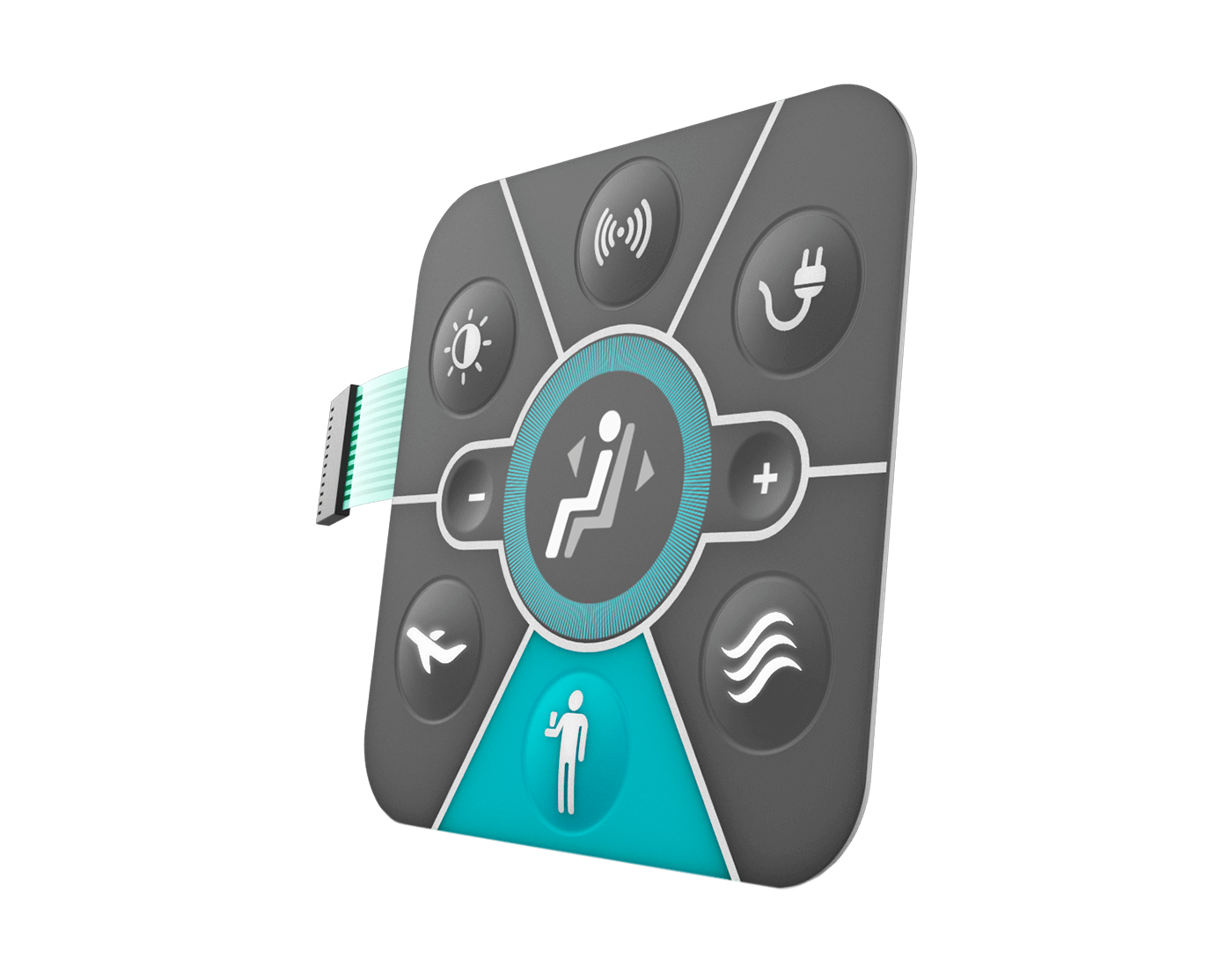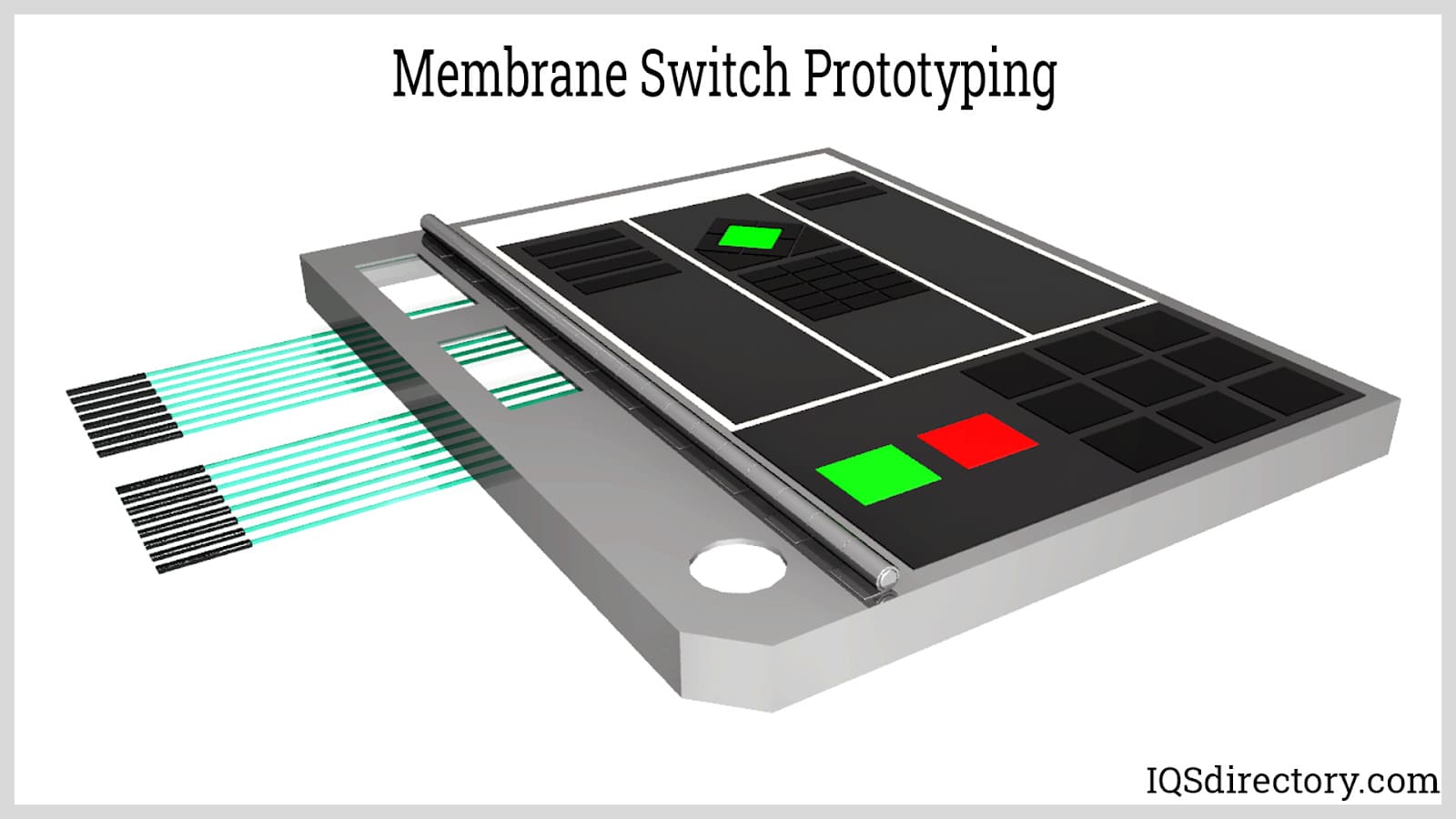Membrane Switches vs. Traditional Switches: What You Need to Know
Membrane Switches vs. Traditional Switches: What You Need to Know
Blog Article
Recognizing the Relevance of Membrane Switches in Individual Interfaces
Membrane buttons are important components in the layout of efficient user interfaces, facilitating not just performance but additionally improving aesthetic allure and individual interaction. Their one-of-a-kind attributes, such as resistance to adjustable layouts and environmental elements, make them appropriate for a diverse selection of applications across numerous markets. As we explore the future fads and different advantages related to Membrane technology, it ends up being clear that these buttons are greater than simply components; they stand for a convergence of technology and functionality. The effects of this modern technology on individual experience deserve taking a look at further.
What Are Membrane Switches?

The spacer layer, which includes adhesive residential properties, permits for the separation of the circuit layer from the overlay, ensuring that the button stays in a non-activated state up until pressed. When stress is used to the overlay, it compresses the spacer layer, bridging the void and finishing the circuit in the underlying layer. This design not just lowers the physical area required for traditional mechanical buttons however also boosts the toughness of the gadget, as Membrane buttons are typically resistant to dirt, wetness, and other ecological variables.
Typically found in applications varying from consumer electronic devices to medical devices, Membrane switches are indispensable to contemporary technology, supplying a easy to use and efficient user interface that aligns with modern design needs.
Benefits of Membrane Buttons
While numerous button technologies exist, Membrane Switches offer distinctive advantages that make them specifically desirable in numerous applications. One of the key benefits of Membrane switches is their compact layout, which permits space-saving implementations in gadgets where property is restricted. Their slim profile not just improves visual charm but likewise facilitates light-weight construction.
One more significant benefit is their resistance to ecological factors. Membrane buttons are generally secured versus wetness, dust, and contaminants, making them optimal for usage popular environments, such as clinical devices and commercial equipment. This sturdiness extends the lifespan of the switch, lowering maintenance expenses and boosting integrity.
In addition, Membrane switches can be personalized to meet certain design needs, including special graphics and shades that enhance individual interaction. Their responsive feedback options can also be tailored to offer a gratifying individual experience. In addition, Membrane buttons are affordable, particularly in high-volume applications, as they can be created efficiently.
Applications in Numerous Industries

In the consumer electronics field, Membrane switches are widespread in description tools such as microwaves, cleaning makers, and push-button controls. Their responsive comments and aesthetic choices improve customer experience while giving a smooth, modern-day appearance. Furthermore, vehicle producers make use of Membrane switches in control panel controls and infotainment systems, where room is limited, and customer interaction is critical.
Additionally, the industrial sector leverages Membrane switches in control panels for equipment and equipment, permitting for user-friendly procedure in typically rough atmospheres. Their resistance to chemicals and dampness guarantees long life and reliability in these applications. Generally, the adaptability of Membrane Switches adds significantly to their extensive usage, making them important in numerous technological domains.
Style Factors To Consider for Membrane Switches

When creating Membrane buttons, numerous key considerations need to be taken right into account to ensure optimal performance and individual experience. To start with, the selection of materials is crucial; choosing long lasting, top notch substratums can boost the button's longevity and resistance to environmental elements such as wetness and temperature changes.
Secondly, the style of the visuals overlay need to prioritize clarity and ease of use. Symbols and text have to be readable, and the layout should facilitate intuitive interaction (membrane switches). Additionally, tactile responses is crucial; integrating a tactile dome or other mechanisms can enhance the customer experience by giving physical confirmation of activation
Another important variable is the button's electrical efficiency. Developers should ensure that the conductive traces are effectively created to reduce resistance and stay clear of signal disturbance. This involves assessing the needed actuation force and ensuring compatibility with More hints the digital components they will certainly interface with.

Future Trends in Membrane Modern Technology
As innovation proceeds to advancement, Membrane switches are poised to advance substantially, driven by innovations in products and making techniques. One emerging trend is the unification of innovative materials, such as versatile substratums and conductive inks, which enhance toughness and reduce the overall weight of Membrane buttons. These materials not only boost the responsive reaction however additionally permit the style of buttons that can hold up against harsher environmental conditions.
Moreover, the assimilation of touch-sensitive technologies is transforming standard Membrane Switches into more interactive individual interfaces. Capacitive touch sensors installed within Membrane button panels can provide a more instinctive and receptive user experience, aligning with the growing demand for streamlined, modern-day designs in consumer electronics.
Furthermore, improvements in printing strategies, such as electronic and 3D printing, make it possible for rapid prototyping and customization of Membrane switches. This flexibility allows producers to respond much more promptly to market demands and customer preferences.
Finally, sustainability is becoming a considerable emphasis, with makers discovering eco-friendly materials and procedures. As these fads unravel, the future of Membrane innovation promises enhanced capability, aesthetic charm, and ecological responsibility, solidifying their role in advanced customer interfaces throughout numerous sectors.
Final Thought
In verdict, Membrane Switches represent a crucial element in the layout of user interfaces, combining functionality with visual versatility. As advancements in modern technology continue, the evolution of Membrane buttons is expected to further refine customer interfaces, driving development and improving use in a significantly intricate technical landscape.
Membrane switches are important parts in the design of reliable customer interfaces, helping with not just functionality but likewise boosting aesthetic appeal and individual communication.Membrane Switches serve as an important part in numerous user interfaces, helping with a smooth communication in between users and electronic gadgets.While many button modern view it now technologies exist, Membrane Switches offer distinct advantages that make them especially desirable in different applications.In addition, Membrane buttons can be tailored to meet specific design demands, integrating special graphics and shades that boost user communication.In verdict, Membrane Switches stand for a crucial part in the layout of customer interfaces, incorporating capability with visual versatility.
Report this page